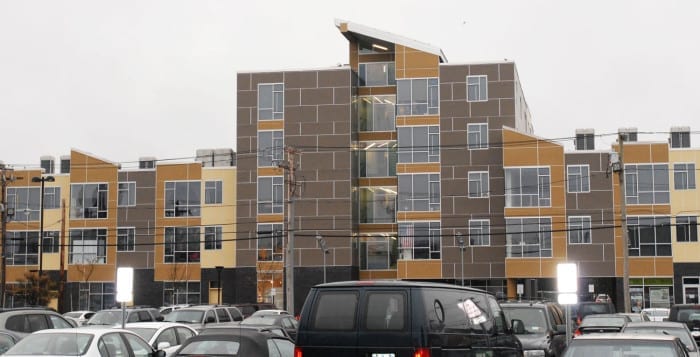By Ryan DeVito
The application is the least of the college admission’s cycle. Demonstrated interest drives the admissions game. It is the most interested student, not necessarily the most qualified student, who is admitted to college. A simple application is never enough.
The value of demonstrated interest in college admissions has long been recognized but wholly underappreciated. Students everywhere assume that they show their interest in a college by submitting their applications. Sometimes, their efforts extend to taking a campus tour or participating in an open house event. Students who settle for these basic shows of interest, though, give themselves no advantage.
Demonstrated interest can mean many things. From campus tours to admissions interviews, being on campus is a powerful way of communicating interest. This is especially true if the campus is far from home. There are numerous other ways, though, for students to easily interact with colleges.
Beginning long before their senior year of high school, students can push themselves onto the radar of admissions counselors. Attending college fairs to meet admissions representatives is a great start. After all, there is no replacement for actual face time. Beyond impersonal college fairs, private high school visits are incredible opportunities for students to begin building relationships with admissions people.
As senior year approaches, students can continue to build their admissions relationships by keeping in touch. A phone conversation is chief when it comes to long-distance communication. Email is the most universally accessible medium. Facebook and Twitter have also become key players in the admissions communication arena.
Let admissions counselors know how interested you are in their school by maintaining an ongoing dialogue with them. The more you reach out to an admissions office, the more likely it is that you will stand out in their mind as a top candidate for admission. Having developed a relationship with counselors at your top schools may also increase their willingness to overlook blemishes on your academic record or be your advocate when it comes to admission and scholarship.
Of course, every interaction with an admissions office should be positive. Communication should also be moderate in amount. Perhaps most important — students should interact with colleges directly. In general, parent advocating negatively skews the counselor’s perception of a student’s college readiness.
My experience as an admissions counselor at a top university made it plain that demonstrated interest fills the class each year. Students who meet with me, talk with me or in some way communicate with me have a distinct advantage. So-called stealth applicants — people who apply without ever having made contact with me — are much more likely to be overlooked in the admissions process, regardless of their qualifications.
A wise student will make a concerted effort to demonstrate his or her interest in colleges. There is no substitute for politicking and self-promotion. Fill out those inquiry cards; send some emails; attend a college meeting; take a campus tour. Make the college need you on its campus.
Gone are the days when an application was enough to ensure a college future. Students need to be their own advocates. To stand out from the crowd, showing interest and building admissions relationships are critical. What is the value of demonstrated interest? A future filled with promise.
Ryan DeVito is a graduate of Miller Place High School and SUNY Geneseo. DeVito was also a counselor at High Point University and has since created his own college admissions advising company, ScholarScope, to help Long Island students and families.






